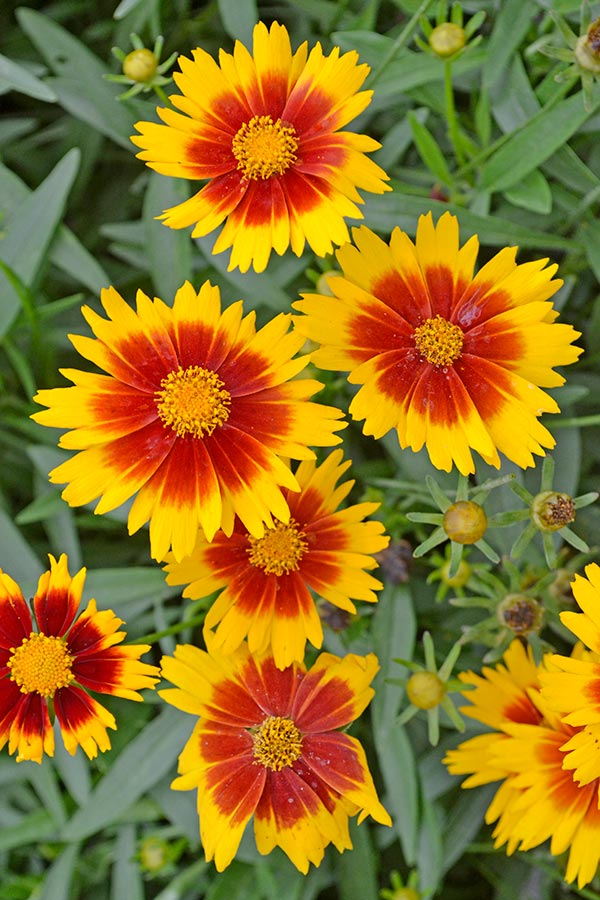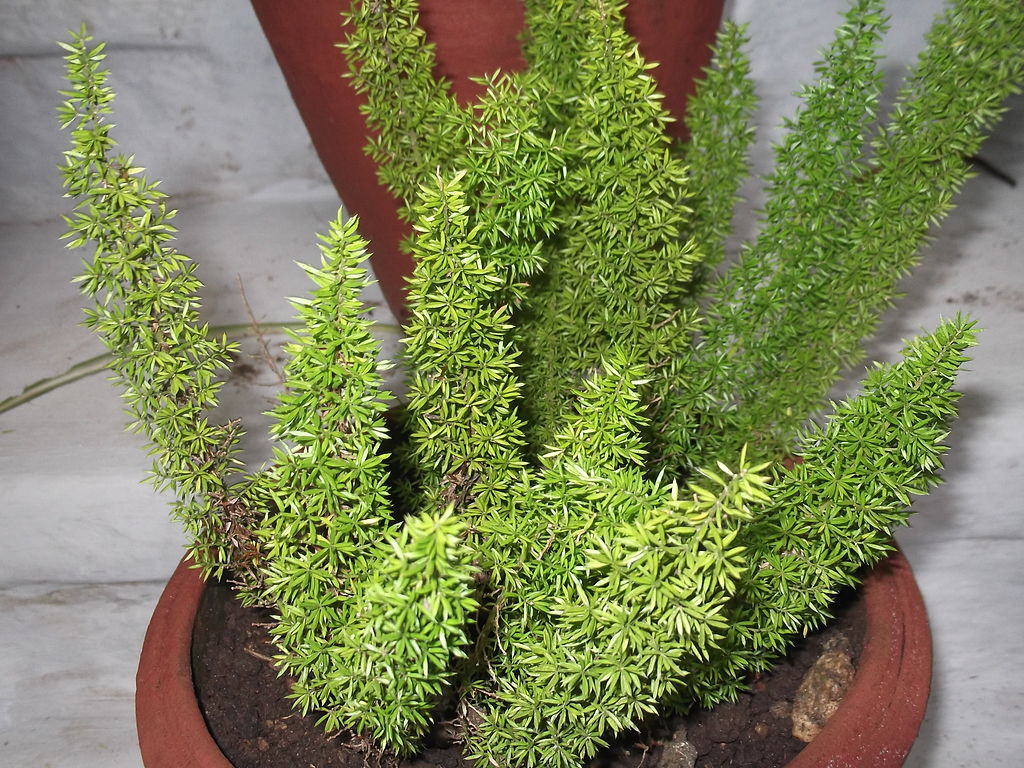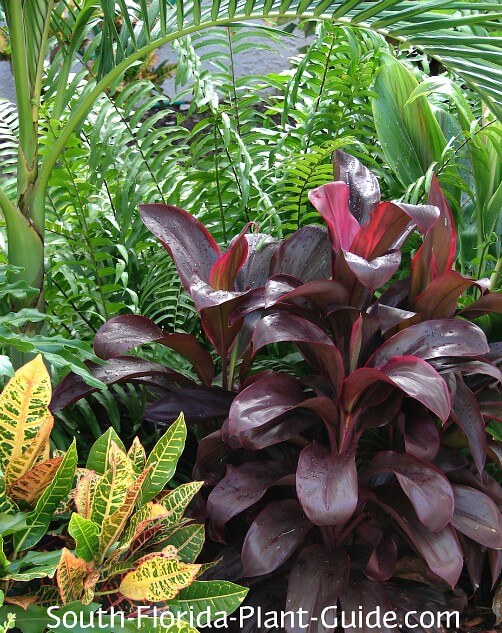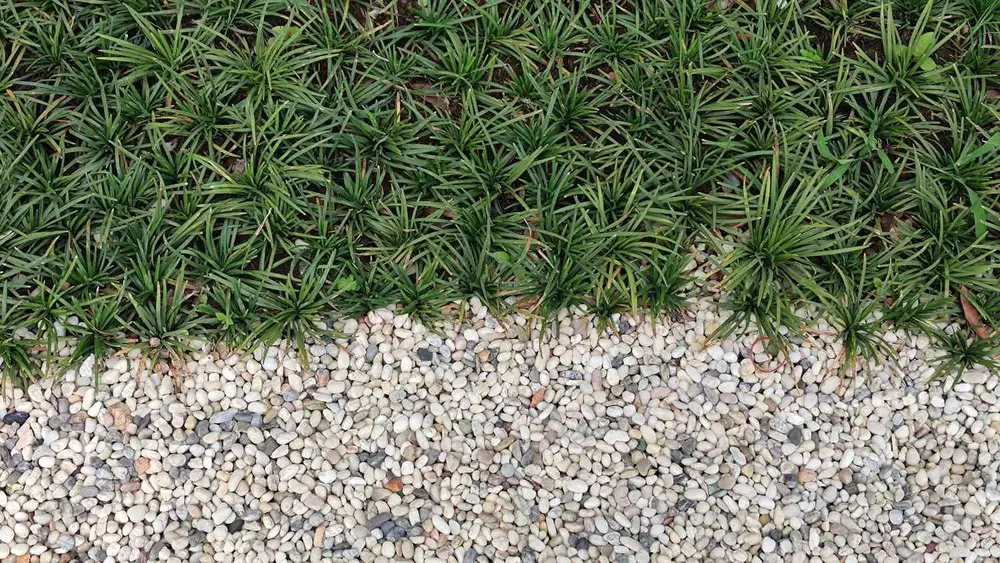Are you looking to transform your Florida garden with plants that stay low to the ground, require little fuss, and thrive in the Sunshine State’s unique climate? Choosing the right low-growing plants can make your outdoor space look lush and beautiful without demanding endless care.
Whether you want to cover bare spots, add color, or create a natural carpet that keeps weeds at bay, the best low-growing plants for Florida are ready to deliver. You’ll discover easy-to-grow, drought-tolerant, and heat-loving plants perfectly suited for your garden’s sandy soil and humid weather.
Keep reading to find the perfect green companions that will make your Florida garden both stunning and stress-free!
Low-growing Native Plants
Low-growing native plants thrive in Florida’s unique climate and soil. They require less water and care than non-native plants. These plants offer excellent ground cover, reduce soil erosion, and provide habitat for local wildlife.
Choosing native plants helps maintain Florida’s natural beauty. They adapt well to heat, humidity, and sandy soil. Their low height keeps landscapes neat and easy to manage.
Firebush And Goldenrod
Firebush is a hardy shrub with bright red-orange flowers. It attracts hummingbirds and butterflies all year. Its low height makes it perfect for borders and small gardens.
Goldenrod blooms with tall spikes of yellow flowers in late summer. It supports pollinators like bees and butterflies. This plant grows well in dry, sandy soils and requires little water.
Swamp Sunflower And Starry Rosinweed
Swamp sunflower features bright yellow flowers that bloom in summer. It thrives in wet or dry areas, making it very versatile. This plant helps stabilize wet soils and adds vibrant color.
Starry rosinweed has large yellow flowers with a unique star shape. It grows well in sunny spots and tolerates drought. This native plant attracts bees and butterflies to your garden.
Beach Verbena Ground Cover
Beach verbena is a low, spreading ground cover with purple flowers. It blooms from late winter to early fall. This plant is excellent for controlling weeds and preventing soil erosion.
It grows well in sandy, well-drained soils and requires minimal care. Beach verbena adds beauty and function to coastal and dry landscape areas.

Credit: costafarms.com
Drought-tolerant Options
Choosing drought-tolerant plants is smart for Florida gardens. These plants save water and stay healthy in dry spells. They also need less care and reduce garden work. Low-growing drought-tolerant plants create beautiful, easy-maintenance landscapes. They thrive in Florida’s hot, sunny climate. Here are some great options to consider.
Aloe And Blue Daze
Aloe is a tough succulent that stores water in its leaves. It grows low and spreads slowly. Aloe’s thick leaves add texture to any garden bed. Blue Daze is a flowering ground cover with small blue blooms. It grows low and spreads wide quickly. Both plants handle drought well and love full sun. They add color and greenery without needing much water.
Lantana And Rosemary
Lantana is a vibrant, low-growing shrub with bright flowers. It attracts butterflies and bees. Lantana tolerates dry soil and hot sun easily. Rosemary is a fragrant herb that grows low and bushy. It needs little water once established. Rosemary’s needle-like leaves add scent and texture to gardens. Both plants are hardy and perfect for drought-resistant landscapes.
Butterfly Milkweed And Coreopsis
Butterfly Milkweed is a native plant with orange flowers. It supports pollinators and thrives in dry conditions. This plant grows low and spreads well. Coreopsis offers bright yellow blooms all summer long. It is drought-tolerant and easy to grow. Both plants add cheerful color and help wildlife in your garden. They fit well in Florida’s warm, dry spots.
Flowering Plants That Attract Wildlife
Flowering plants bring color and life to any Florida garden. They also support local wildlife by attracting pollinators and birds. Choosing low-growing flowering plants helps maintain a neat garden while inviting nature close. These plants thrive in Florida’s warm climate and can handle its soil conditions well.
Pentas For Butterflies And Hummingbirds
Pentas are small, bushy plants with clusters of bright flowers. Their colors range from red to pink, lavender, and white. These flowers are a favorite of butterflies and hummingbirds. Pentas bloom for months, providing a steady food source. They grow well in full sun and need moderate watering. Pentas add beauty and support local wildlife easily.
Black Eyed Susan And Purple Coneflower
Black Eyed Susan and Purple Coneflower are hardy and low-growing. Both have bright yellow or purple petals with dark centers. These flowers attract bees, butterflies, and birds. They bloom in summer and can handle Florida’s heat. Their tough nature makes them ideal for low-maintenance gardens. These plants also help support native pollinators.
Blanketflower And Gaura
Blanketflower features vibrant red and yellow blooms that last long. Gaura has delicate, white or pink flowers that flutter in the breeze. Both plants attract butterflies and other pollinators. They grow well in sunny spots with well-drained soil. Blanketflower and Gaura add texture and color to any garden. They are excellent choices for wildlife-friendly landscaping.
Ornamental Grasses And Ground Covers
Ornamental grasses and ground covers add texture and color to Florida gardens. They stay low and spread nicely, perfect for filling spaces. These plants need little care and handle Florida’s heat well. They help prevent soil erosion and reduce weed growth.
Choosing the right low-growing plants can make your garden look neat and lively all year. Here are some top picks for Florida gardens.
Muhly Grass
Muhly Grass is a native ornamental grass with fine, wispy leaves. It grows in clumps and stays low, usually under three feet. In fall, it produces pink to purple fluffy flower heads that look like soft clouds. Muhly Grass likes full sun and well-drained soil. It tolerates drought and poor soil, making it easy to grow. This grass adds movement and color to any garden space.
Shore Juniper
Shore Juniper is a tough, low-growing ground cover. It spreads wide and stays close to the ground, about six to twelve inches tall. This plant has scale-like leaves in blue-green shades. Shore Juniper thrives in sandy, salty, and dry conditions, perfect for coastal Florida. It helps stop soil erosion and grows well in full sun. This hardy plant works well between rocks or as a green carpet.
Spider Lily
Spider Lily is a beautiful flowering plant that stays low to the ground. It has long, narrow leaves and blooms with white, spider-shaped flowers. These flowers appear in late summer or early fall. Spider Lily prefers partial shade but can handle full sun. It grows well in moist, well-drained soil. This plant adds elegance and charm to gardens with its unique flowers.
Low-maintenance Vegetables
Low-maintenance vegetables thrive in Florida’s warm climate and sandy soil. These plants need less water and care, making them perfect for busy gardeners. They grow close to the ground, which helps reduce weed growth and soil erosion. Growing low-maintenance vegetables saves time and energy while providing fresh, healthy food.
Cowpeas And Green Beans
Cowpeas and green beans grow well in Florida’s heat. They need little water and can tolerate poor soil. Both fix nitrogen in the soil, improving soil health naturally. Plant these vegetables in full sun for best results. They produce plenty of pods, giving a long harvest season. Their low-growing nature helps keep weeds away.
Seminal Pumpkins
Seminal pumpkins are a great choice for Florida gardens. They spread low and cover the soil, reducing weeds. These pumpkins tolerate heat and humidity well. Their vines grow close to the ground, which helps retain soil moisture. Seminal pumpkins need little maintenance once established. They provide a tasty harvest in late summer or fall.
Heat-tolerant Summer Crops
Heat-tolerant summer crops like okra and sweet potatoes do well in Florida. These plants grow low and spread wide. They handle the hot sun and dry spells with ease. Their roots improve soil structure and prevent erosion. Harvesting these crops is simple because of their size and growth habit. They add variety and nutrition to any garden.

Credit: www.groundsource.pro
Tips For Thriving Florida Gardens
Growing a garden in Florida requires special care and planning. The state’s sandy soil, heat, and humidity present unique challenges. Choosing the right plants and using smart techniques helps gardens thrive. This section shares useful tips for a healthy and beautiful Florida garden.
Focus on plants suited to local conditions. Use the right timing for planting. Protect plants from extreme weather. These steps make a big difference for low-growing plants in Florida.
Choosing Sandy Soil Adapted Plants
Florida soil is often sandy and drains water quickly. Choose plants that thrive in sandy soil. Native plants like firebush and beach verbena do well here. They need less water and fertilizer. These plants grow strong roots that hold soil in place. This reduces erosion and keeps your garden healthy.
Maximizing Heat And Humidity Tolerance
Florida is hot and humid most of the year. Pick plants that handle heat and moisture well. Look for drought-tolerant and heat-loving species. Low-growing plants like lantana and blanketflower handle the heat. Water your plants early in the morning to reduce evaporation. Mulch around plants to keep roots cool and moist.
Seasonal Planting For Year-round Growth
Plan your garden to have plants growing all year. Use warm-season plants in spring and summer. Switch to cool-season plants in fall and winter. This keeps your garden green and colorful. Examples include planting coreopsis in summer and goldenrod in fall. Rotate plants to avoid soil fatigue and pests. This method supports constant growth and beauty.
Creating Rain Gardens
Creating rain gardens is a smart way to manage water naturally in Florida’s landscape. These gardens collect rainwater, helping to reduce runoff and improve soil health. Using low-growing plants that thrive in wet conditions makes rain gardens both functional and beautiful. Native plants suit these gardens well because they adapt to Florida’s climate and soil.
Plants For Water Control
Plants that manage water effectively are key to a successful rain garden. They absorb excess water and prevent erosion. Choosing low-growing species helps maintain a neat appearance while supporting the garden’s purpose. These plants also provide habitat for local wildlife and improve water quality by filtering pollutants.
Goldenrod And Swamp Sunflower
Goldenrod is a sturdy plant that grows well in moist soil. It adds bright yellow flowers that attract pollinators. Swamp sunflower thrives in wet areas and features large, cheerful blooms. Both plants stay low to the ground and handle Florida’s wet conditions with ease. Their deep roots help soak up water and stabilize the soil.
Muhly Grass And Milkweed
Muhly grass offers fine-textured foliage and soft pink flower plumes. It tolerates wet soil and adds movement to the garden. Milkweed is essential for butterflies and grows well in damp spots. It stays low and spreads naturally, making it perfect for rain gardens. Together, these plants create a colorful and functional landscape.

Credit: www.south-florida-plant-guide.com
Frequently Asked Questions
What Is The Best Low-maintenance Landscape In Florida?
The best low-maintenance landscape in Florida uses native plants like firebush, goldenrod, and muhly grass. Rain gardens with swamp sunflower and milkweed control water naturally. These plants thrive in Florida’s heat, sandy soil, and humidity, reducing watering and upkeep needs effectively.
What Are The Best Low Water Plants For Florida?
Best low water plants for Florida include drought-tolerant species like aloe, lantana, coontie, rosemary, shore juniper, and butterfly milkweed. These natives thrive in sandy soil and heat, requiring minimal irrigation and care.
What Is The Easiest Plant To Grow In Florida?
The easiest plants to grow in Florida are native firebush, goldenrod, pentas, and beach verbena. These thrive in Florida’s heat and sandy soil. Cowpeas and bell peppers also grow well with minimal care. Choose heat-tolerant, low-maintenance plants for best results.
What Grows Well In Florida Heat?
Heat-tolerant plants like firebush, goldenrod, pentas, beach verbena, cowpeas, bell peppers, and seminal pumpkins grow well in Florida. Choose native, drought-resistant species for best results.
Conclusion
Choosing the best low growing plants for Florida boosts your garden’s beauty and health. These plants handle heat, humidity, and sandy soil with ease. They need less water and care, saving time and effort. Native species like firebush and beach verbena fit perfectly in Florida gardens.
Adding drought-tolerant flowers and grasses creates a colorful, lively space. Your garden will stay green and vibrant through changing seasons. Start planting these easy, low maintenance options for a thriving Florida landscape. Gardening becomes simple and rewarding with the right plant choices.

